1. Smart Home Integration
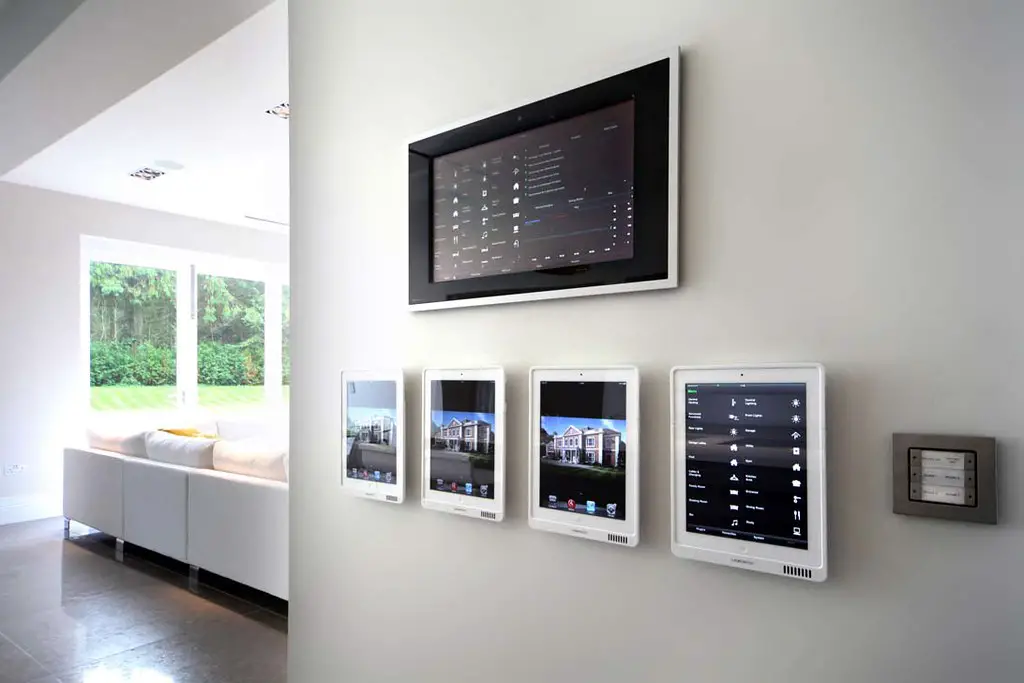
Modern homes are increasingly embracing smart home technology, offering a seamless blend of convenience and innovation. Automated lighting systems can adjust brightness based on the time of day, while climate control ensures optimal temperature settings for comfort and energy efficiency. Voice-activated assistants like Alexa or Google Assistant make managing household tasks as simple as a spoken command. Smart homes also integrate security features, entertainment systems, and even appliances, creating a unified ecosystem of connected devices.
This shift towards home automation reflects the growing demand for intuitive, time-saving solutions that enhance quality of life. According to Forbes, the smart home market is projected to grow significantly, driven by advancements in IoT technologies. Homebuyers are now prioritizing properties equipped with these features, recognizing the added value and modern appeal they bring. As technology continues to evolve, the possibilities for smart home integration are virtually limitless, promising an even more interconnected future.
2. Energy-Efficient Windows

Energy-efficient windows are a cornerstone of modern, sustainable home design. Featuring triple-pane glass and advanced insulation technologies, these windows provide superior thermal performance, reducing heat loss during winter and heat gain in summer. Beyond energy savings, they also offer enhanced noise reduction, making homes quieter and more comfortable. Modern designs often incorporate low-emissivity coatings that reflect infrared and UV rays while allowing natural light to enter.
According to the U.S. Department of Energy, upgrading to energy-efficient windows can result in substantial savings on heating and cooling bills, while also reducing a home’s carbon footprint. Homebuyers increasingly favor these windows for their long-term benefits, combining environmental responsibility with everyday practicality. In addition to their functional advantages, energy-efficient windows are available in a range of styles and finishes, ensuring they complement any architectural aesthetic.
3. Solar Panel Systems
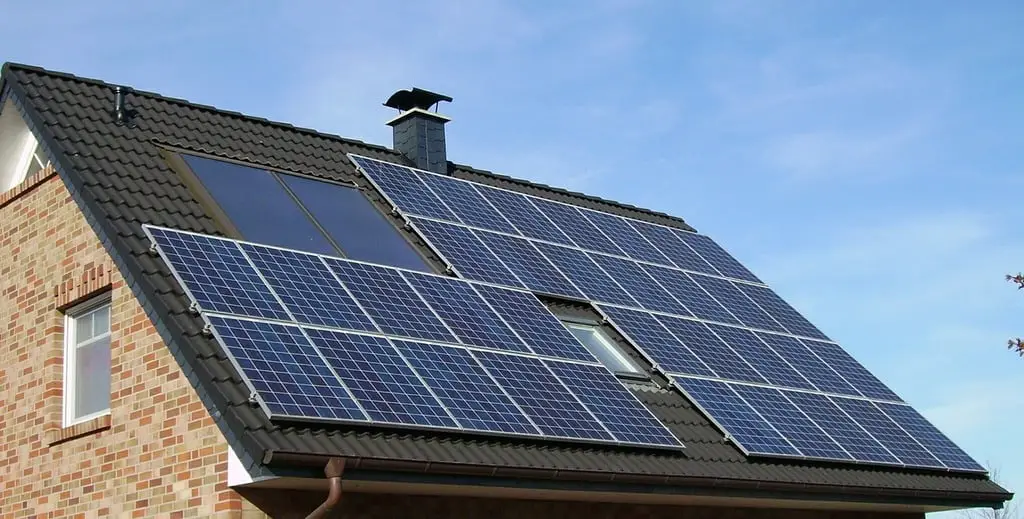
Solar panel systems are revolutionizing how homes generate and consume energy. By harnessing the power of the sun, these systems provide a clean, renewable energy source that significantly reduces reliance on traditional utilities. Many new homes now come with rooftop solar panels as a standard feature, aligning with global efforts to combat climate change. According to the International Energy Agency, solar energy has become the cheapest source of electricity in history, making it an attractive option for both homeowners and builders.
Beyond environmental benefits, solar panels offer substantial financial incentives, including lower utility bills and potential tax credits. Modern panels are designed to be durable, efficient, and aesthetically pleasing, seamlessly integrating with home designs. As battery storage technology improves, homeowners can store excess energy for use during cloudy days or at night, further enhancing their energy independence.
4. Electric Vehicle Charging Stations
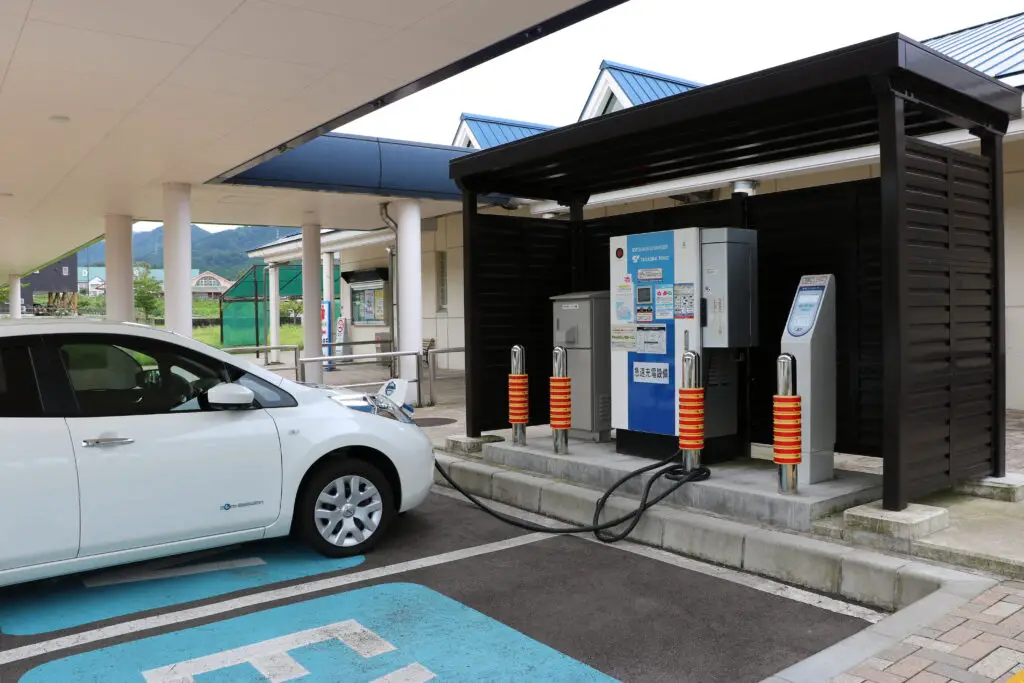
With the rapid adoption of electric vehicles (EVs), homes are increasingly equipped with pre-installed EV charging stations. These charging ports provide homeowners with a convenient, cost-effective solution for powering their vehicles without relying on public infrastructure. According to BloombergNEF, the transition to electric vehicles is accelerating, with EVs expected to make up the majority of global car sales by 2030.
Offering built-in charging stations not only meets the needs of eco-conscious buyers but also adds significant resale value to properties. Modern charging stations are compatible with a variety of EV models and often feature smart capabilities, such as scheduling charges during off-peak hours to save money. By integrating this forward-thinking feature, developers are preparing homes for the future of transportation while supporting global sustainability goals.
5. High-End Kitchen Appliances
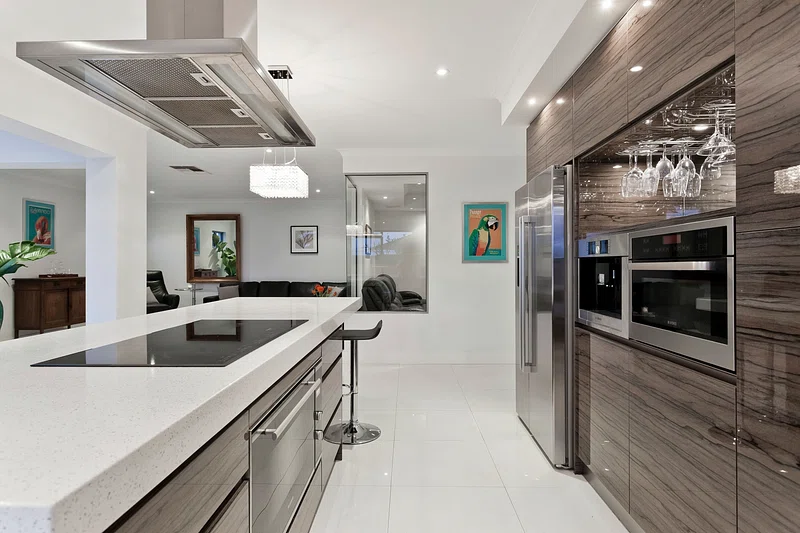
Kitchens in contemporary homes are designed to be both stylish and highly functional, featuring high-end appliances that cater to the needs of modern living. Gourmet ranges, smart refrigerators, and built-in coffee systems have become staples in new builds. These appliances often include smart technology, allowing homeowners to monitor and control them remotely. For instance, smart ovens can be preheated from a phone app, and refrigerators can track grocery inventory.
According to HGTV, the demand for luxury kitchen features reflects the growing popularity of home cooking and entertaining. High-end appliances not only enhance everyday convenience but also elevate the aesthetic appeal of the home. Energy efficiency is another key feature, with many appliances designed to minimize electricity and water usage while delivering top-tier performance.
6. Tankless Water Heaters

Tankless water heaters are becoming a standard feature in modern homes due to their efficiency and space-saving design. Unlike traditional water heaters, which store a finite amount of hot water, tankless systems heat water on demand, providing an endless supply. This innovation is ideal for households with high water usage, as it eliminates the inconvenience of running out of hot water. Additionally, these systems are energy-efficient, using less power by heating water only when needed.
According to the U.S. Department of Energy, tankless water heaters can be 24%-34% more energy-efficient than conventional storage models, depending on usage. Their compact size also makes them easy to install in smaller spaces, freeing up valuable square footage. Many models come with advanced temperature controls, ensuring consistent water temperatures and reducing scald risks. Homebuyers are increasingly attracted to this feature for its combination of convenience, sustainability, and cost savings.
7. Spa-Like Bathrooms

Luxury bathrooms have become a hallmark of contemporary home design, offering spa-like features that transform daily routines into moments of relaxation. These spaces often include rainfall showerheads, freestanding soaking tubs, and heated floors, creating a sanctuary for homeowners. Enhanced lighting, aromatherapy systems, and integrated sound systems further elevate the experience.
According to Architectural Digest, spa-inspired bathrooms are increasingly in demand as people prioritize wellness and self-care at home. Many designs also incorporate natural materials like stone and wood, enhancing the serene atmosphere. Advanced ventilation systems ensure optimal air quality, while water-efficient fixtures align with sustainability goals. Whether it’s a quick morning routine or a long evening soak, these luxurious touches provide a retreat-like feel in everyday living.
8. Home Offices

The shift towards remote and hybrid work models has made dedicated home office spaces a must-have in modern homes. These offices are often soundproofed to minimize distractions and equipped with built-in desks, shelving, and ergonomic lighting. Large windows for natural light, high-speed internet connectivity, and integrated smart technology enhance productivity and comfort.
According to Harvard Business Review, remote work has become a permanent fixture for many industries, driving demand for well-designed home offices. These spaces are tailored to individual needs, whether it’s a quiet corner for video conferencing or a larger area for creative projects. By offering functional and aesthetically pleasing work environments, builders cater to professionals looking to maintain a healthy work-life balance. For families, multiple home office options are available to accommodate both adults and students.
9. Mudrooms with Storage
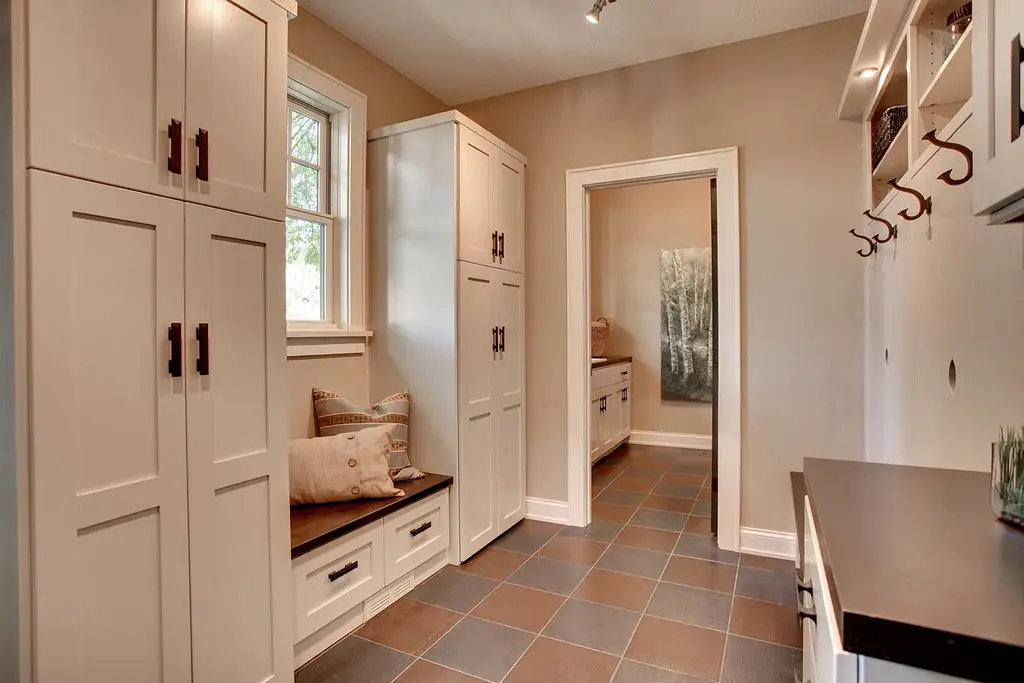
Once a luxury feature, mudrooms have become a practical addition to homes of all sizes. These transitional spaces are designed to keep the rest of the home clean and organized by providing dedicated areas for coats, shoes, backpacks, and other daily essentials. Built-in cubbies, benches, and hooks make it easy to store and access items. According to Better Homes & Gardens, mudrooms are especially popular with families, offering a central spot to manage clutter and streamline busy routines.
Durable, easy-to-clean flooring and wall finishes ensure these areas remain functional and low-maintenance. Some mudrooms even include pet-washing stations, making them versatile spaces for modern households. By blending practicality with thoughtful design, mudrooms enhance both the functionality and aesthetic appeal of a home.
10. Open-Air Living Spaces
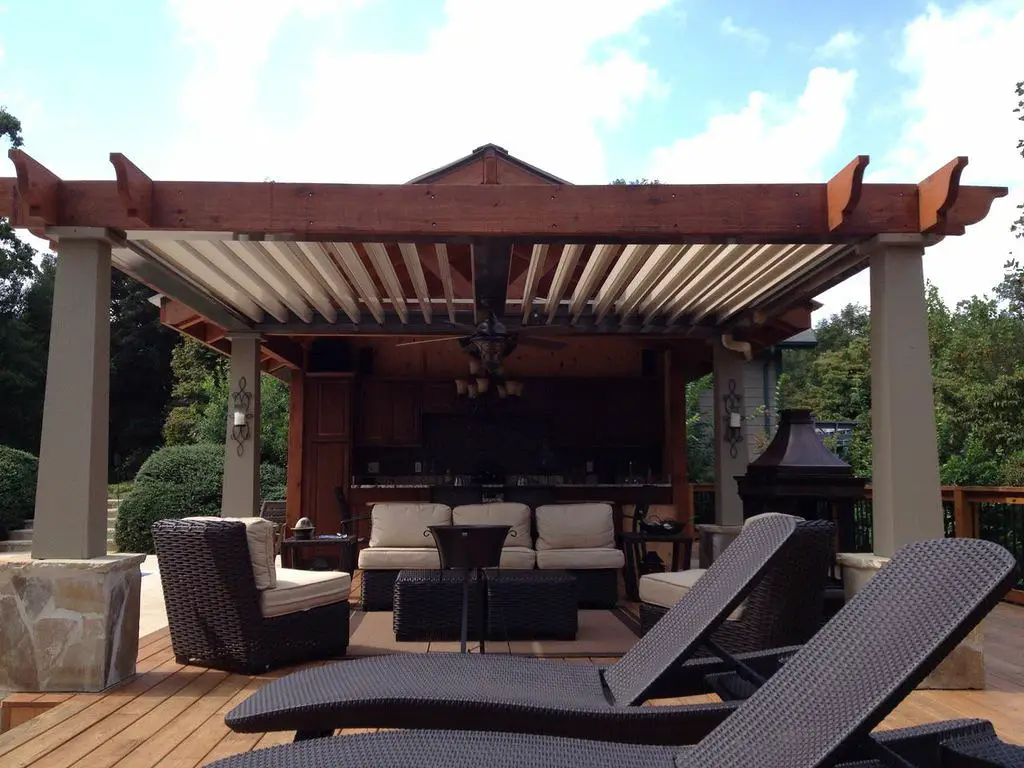
Outdoor living spaces are an increasingly prominent feature in new homes, emphasizing the importance of connecting indoor and outdoor environments. These spaces often include outdoor kitchens, fire pits, covered patios, and lounge areas, creating ideal settings for entertaining and relaxation. According to House Beautiful, the rise of open-air living is driven by homeowners’ desire for more versatile and enjoyable outdoor spaces.
Weather-resistant furniture, built-in grills, and mood lighting ensure these areas are usable year-round. Landscaping is often integrated seamlessly, with features like pergolas and water elements adding to the ambiance. Whether hosting a summer barbecue or enjoying a quiet evening under the stars, open-air living spaces provide an extension of the home that blends comfort with nature.
11. Walk-In Pantries

Walk-in pantries have become a highly sought-after feature in modern homes, offering ample storage space for food, appliances, and other household items. These pantries are designed for both functionality and aesthetics, with adjustable shelving, pull-out baskets, and lighting to ensure easy access. According to The Spruce, the popularity of walk-in pantries reflects the growing trend toward bulk buying and organized living.
Many designs also include countertop space for small appliances like coffee makers or microwaves, further enhancing their utility. The ability to store non-perishables and kitchen essentials in one centralized location frees up space in the main kitchen, keeping it clutter-free. As home chefs prioritize efficiency and organization, walk-in pantries have become an indispensable element of contemporary kitchen design.
12. Smart Security Systems
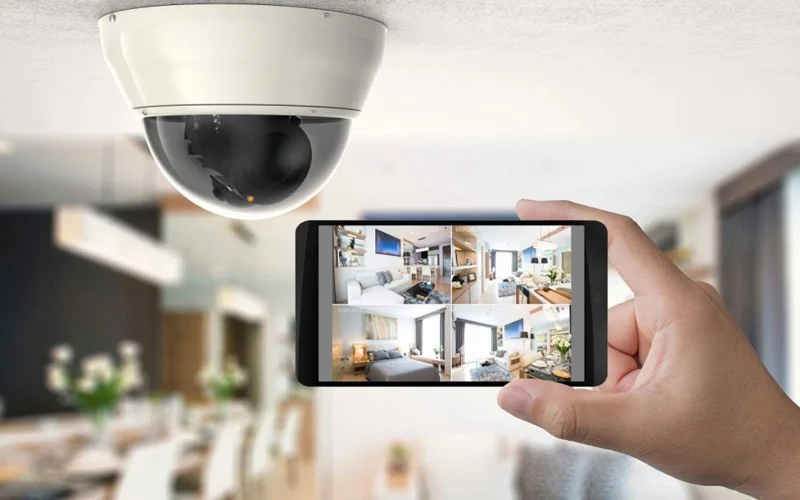
Pre-installed smart security systems are now a standard feature in modern homes, offering advanced protection and peace of mind. These systems include high-definition cameras, motion detectors, and app integration, allowing homeowners to monitor and control their security from anywhere. Features like doorbell cameras and smart locks provide additional layers of safety and convenience.
According to CNET, smart security systems have evolved to include AI-driven technology that can differentiate between potential threats and harmless activity, reducing false alarms. Many systems also integrate with other smart home devices, creating a cohesive and automated ecosystem. With growing concerns about home security, these advanced systems not only enhance safety but also increase the property’s value, making them a key consideration for prospective buyers.
13. Water Filtration Systems

Whole-house water filtration systems are becoming a standard in modern homes, ensuring clean and safe water for drinking, bathing, and cooking. These systems remove contaminants like chlorine, heavy metals, and sediments, improving both taste and quality. According to the Environmental Protection Agency, access to filtered water reduces health risks associated with impurities commonly found in municipal supplies.
Many systems are designed to be energy-efficient and low-maintenance, with long-lasting filters that require minimal replacement. By providing filtered water throughout the home, these systems eliminate the need for bottled water, contributing to sustainability efforts. Homebuyers value this feature for its health benefits and convenience, as it supports a healthier lifestyle and reduces environmental waste.
14. Customizable Floor Plans

Customizable floor plans are transforming the way homes are designed, offering flexibility to meet the diverse needs of today’s homeowners. From multi-generational living spaces to dedicated gym rooms, these layouts provide options that cater to varying lifestyles. According to Zillow, the ability to tailor a home’s design has become a top priority for buyers seeking long-term functionality.
Open-concept designs remain popular, but many also include private areas for work, study, or relaxation. Builders are incorporating features like dual master suites, flex rooms, and expandable spaces to accommodate evolving needs. This customization ensures that homes remain adaptable, allowing families to grow and change without compromising comfort or style. By prioritizing personalization, customizable floor plans make homes more versatile and appealing.
